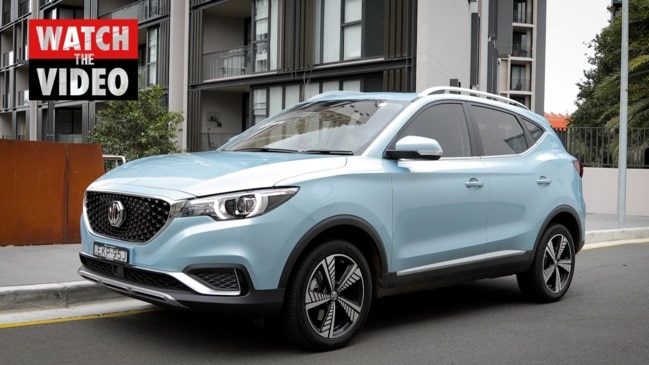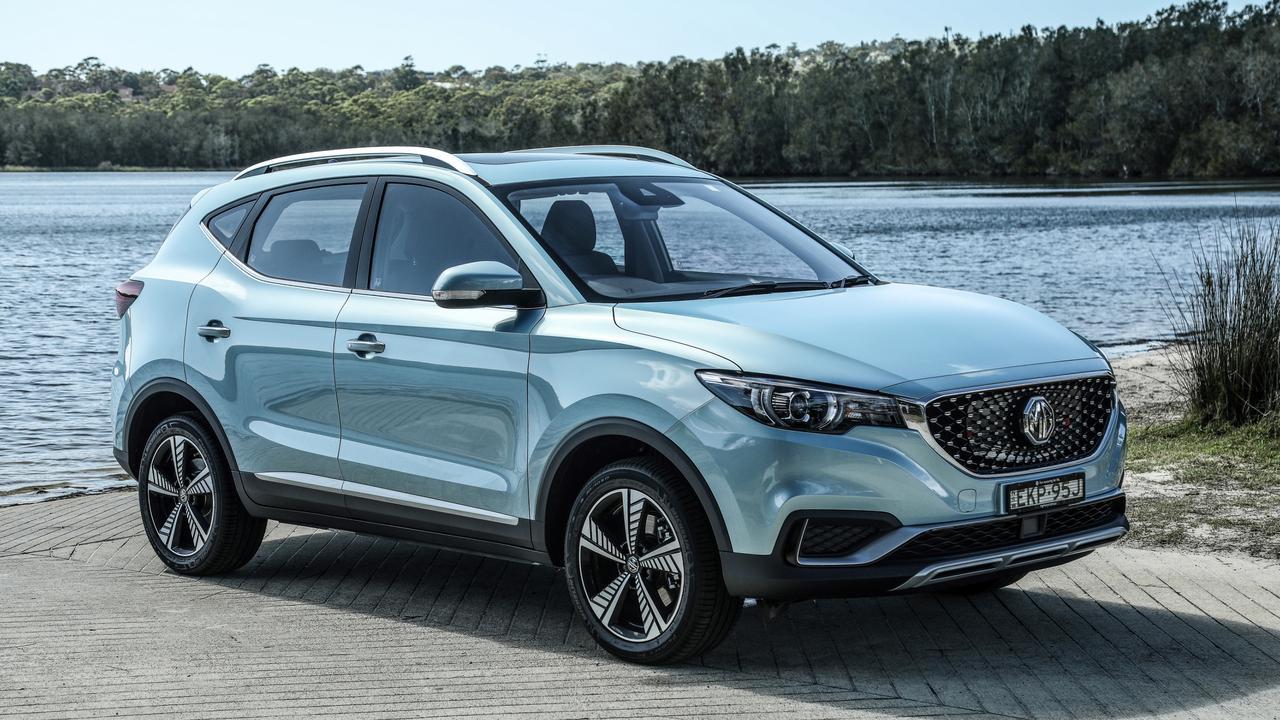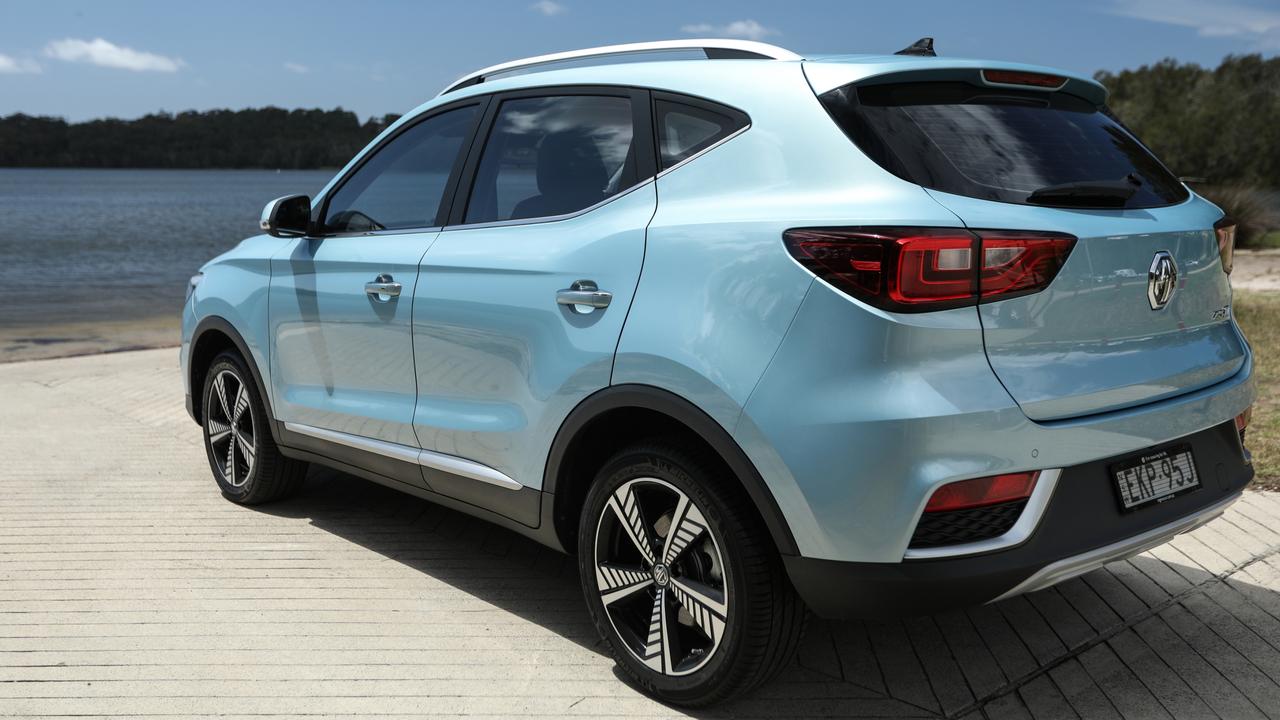MG ZS EV review: Australia’s cheapest electric car
Electric cars are the future, but the sky-high price tags are hard to swallow. This new machine goes a long way to closing the price gap.

One of the biggest hurdles facing electric cars is the sky-high price, but the latest machine from Chinese maker MG undercuts the competition by about $10,000. Is this deal too good to be true? We find out.
Here are five things you need to know about the MG ZS EV.
It’s Australia’s cheapest electric vehicle

At $43,990 the electric version of MG’s ZS small SUV undercuts the closest EV competition by almost $10,000. That doesn’t make it cheap, though, as it’s still $11,500 more than the most expensive petrol version of the ZS. Yes, you will save on fuel bills, and you’ll never have to visit a petrol station again, but it will take a long while to recoup that initial premium. The Green Vehicle Guide says it will cost about $680 to recharge the electric MG over a year, compared with $1435 to refuel its petrol equivalent, which means payback will take about 15 years. But if you’re mostly driving in the city, the petrol version will probably use about 25 per cent more fuel, so your payback time is likely to be shorter. Add in the fact that the EV is much quicker off the mark than the petrol model, and it almost makes financial sense.
Don’t be fooled by the modest engine output
The ZS EV makes about 105kW of power, compared to the petrol ZST’s 115kW, but those figures are misleading, as instant torque is the key to an EV’s performance. It has 353Nm compared to the petrol’s 230Nm and the peak comes almost instantaneously, while the petrol version has to be revved to reach its peak. The end result is the EV will reach 100km/h about a second and a half quicker than the petrol ZS. Off the mark, the margin is even wider. You have to be careful getting the power down, though, as it will spin and chirp its tyres if you’re too enthusiastic.

You’ll get home on the range
MG claims the ZS is good for 263km between charges and we were on track for about 240km when we handed the car back, which isn’t bad. At a fast charger, you can top the battery up to 80 per cent in 40 minutes. Plug it in at home and it’ll take about seven hours. Based on the average round-trip commute of 32km, you’re unlikely to need to recharge more than once a week, so day-to-day range isn’t an issue. Longer trips will present issues.

The cabin is modern and safety tech is up-to-date
MG sales are going gangbusters at the moment. Last year, as the industry reeled from COVID-19, the Chinese brand’s sales were up by more than 80 per cent. Last month, sales grew by 160 per cent and the ZS narrowly missed out on being the country’s top-selling small SUV. The reason for its success is simple — they throw everything bar the kitchen sink at the cabin and buyers love it. Faux-leather seats, a huge panoramic sunroof, Apple CarPlay and Android Auto are standard, while there’s also a very impressive array of driver assistance tech. Standard safety gear includes automatic emergency braking, lane-keeping assistance, blind-spot detection, rear cross-traffic alert and radar cruise control.

The driving experience is pretty good
Chinese cars have traditionally been fairly ordinary to drive, with breathless engines, jerky transmissions, a bumpy ride and woolly steering. MG is closing the gap, though. The electric motor helps a lot, as it delivers more zest off the line than most, if not all its small SUV rivals. The suspension still needs work, though. It takes time to settle over bigger bumps and the car leans on its tyres through corners. Steering feel is just OK. It’s not at the pointy end of the field for driving enjoyment, but more than adequate for zipping around the city.




